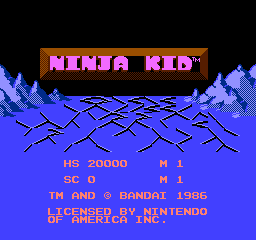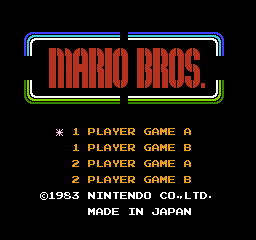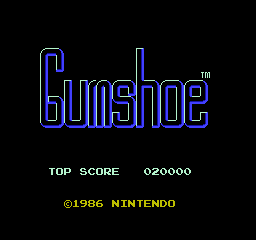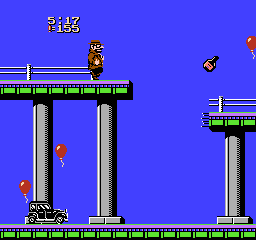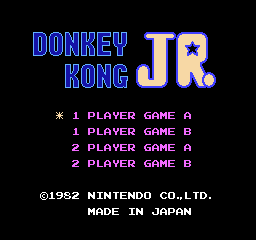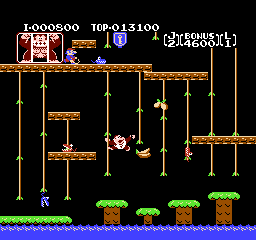Year: 1986
Genre: Platform – Static
Publisher: Nintendo
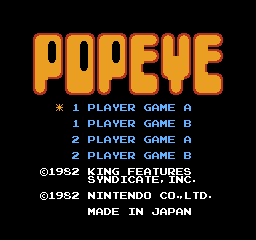
As you should be well aware, Miyamoto made Donkey Kong in 1981 because Nintendo couldn’t get the contract to do a Popeye game even though they had already designed it. Shortly thereafter (1982) Nintendo got the rights to do Popeye. In other words, if they had waited just one year to publish, one of two things would happen: either one (or even two) of Nintendo’s most popular franchises would have never existed, or Popeye would now be a character in the newest Super Smash Bros. game.
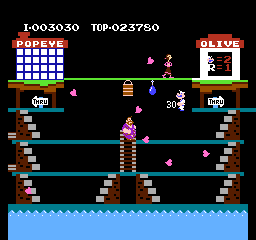
This is a game wherein you are a sailor with superpowers, the source of which is eating his veggies. Your ham-fisted foe is Bluto, an engine of pure hatred so mean he had a dream he beat himself up, and if you get that reference, I’m very, very sorry. Anyway, apart from Bluto, and the occasional aggressive bird, the only thing that can kill you is not picking up absolutely everything that your stringbeany girlfriend Olive Oyl drops from the sky onto you, be it hearts (representing, I dunno, blood for a life-saving transfusion), musical notes (her magnum opus, no doubt) or letters to the word HELP (which can be caught in any order and are used to build some sort of metaphysical ladder of assistance).
John’s Rating: 2.0 out of 5.0. There’s no variety in the enemies, and the same basic patterns handily confuse the hell out of poor, stupid Bluto time and time again. There’s no challenge and nothing to look forward to except the same endless pattern of three levels. And before the obvious argument is made, please try to remember that Donkey Kong at least had little bonus bits your could pick up, more than one variety of enemy and more than one way to beat the levels. That warrants at least a one point boost.
